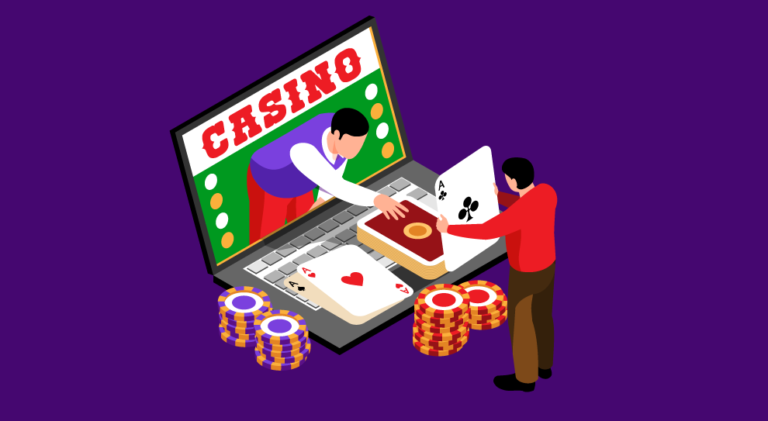How to Pay with Cryptocurrency
The primary purpose behind the development of cryptocurrencies was to be able to pay anonymously. However, this reason isn’t much heard of due to all the hype about the value fluctuations of different cryptocurrencies.
Values and prices are important when it comes to trading and investments, but what’s more important is to be able to use Crypto as a form of payment. Cryptocurrency is complex and is developing rapidly. Therefore, it is essential to figure it out and get the hang of it before it gains popularity. You can further explore the Official Website to learn more.
How to pay with cryptocurrency?
Crypto is a complex venture, but paying with cryptocurrency is more straightforward. You wouldn’t believe that there was a time when people had to dive into the command line of their computers to program a transaction.
Over time this process of transactions has become relatively simple. Sending and receiving Crypto has reduced to a bunch of simple steps that function almost like sending and receiving payments using an online banking app.
The method of initiating a payment solely depends on the application you use, but here is how it generally works.
1. Choose your wallet and get cryptocurrency.
The step of paying through Crypto is getting a wallet and storing some cryptocurrency. Typically, cryptocurrency exchange or a broker provides you with cryptocurrency in exchange for fiat money. It also offers features like a wallet and helps you with technical issues.
A few notable cryptocurrency exchanges are Coinbase, Gemini, and Binance. They will help you get started after you create an account and fund it for your purchases later.
You’ll also need a wallet app if you want to pay for something with cryptocurrency. You can put wallets on your computer or your phone, and they let you access your cryptocurrency.
Your wallet doesn’t store your Crypto. Instead, it holds your private keys, which are the keys you need to get to your Crypto. Your wallet has a public key used to send and receive payments. This key works like an email address, while the private key works like a password.
There are hundreds of different wallets, and each one has its features. Some work with almost all cryptocurrencies, while others may only work with a small number. Your cryptocurrency exchange may provide you with a wallet.
The bitcoin trading software is notable for automatically swapping cryptocurrencies with other traders, which helps them take advantage of currency value changes. Investors can also easily keep track of current prices and trade currencies whenever they want to.
1. Start paying with Crypto
You will be required to use your wallet to send and receive payments. All wallets function in different ways however here’s how a wallet typically works while sending an amount:
- Start up your wallet app.
- Click the Send Payment button or something similar.
- Type in how much you want to send.
- Enter the recipient’s QR code or wallet address.
- Click the Send button or one like it.
Follow the following steps to receive payment:
- Start up your wallet app.
- Tap the Receive Payment button or a similar one.
- Tap the Share Address or similar button
- When the payment shows up in your wallet, you should accept it.
Pros and Cons of paying with Crypto
Pros
Anonymous
Decentralized and without user information, cryptocurrency is anonymous. This lets you handle your finances without authorities or others prying. Some believe that cryptocurrency is pseudonymous since your wallet address can be used to identify you.
Cryptocurrency is peer-to-peer
It reduces third-party involvement. No further services are needed to transfer or receive money.
Many banking services charge you or the business you’re shopping at to make or receive payments. Cryptocurrency’s peer-to-peer basis reduces transaction fees, which benefits all parties.
Cryptocurrency lets you pay anywhere with an internet connection
Many people lack access to banks and loans. Most have mobile internet. Everyone can make payments, get loans, and access financial services anywhere.
Cons
Cryptocurrency prices are erratic.
Its value will alter over time. Your cryptocurrency’s price can decline when you buy an item and when the network accepts the transaction, leaving you short. If prices rise, you may send too much.
Unrestricted
Cryptocurrencies are unregulated, unbacked, and unguaranteed. This means you may have little redress if you’re scammed, or the exchange where you store your keys closes.
Immutable
A completed exchange is locked in the blockchain and cannot be undone. Only the recipient can voluntarily send back money owed due to an error or mistake.
Cryptocurrency can be lost, like conventional currencies
If you lose your private keys, you can’t access your money. If you hold cryptocurrencies and prices decline, you can potentially lose money.
Read More: Cryptojacking; Essential Things to Know!






